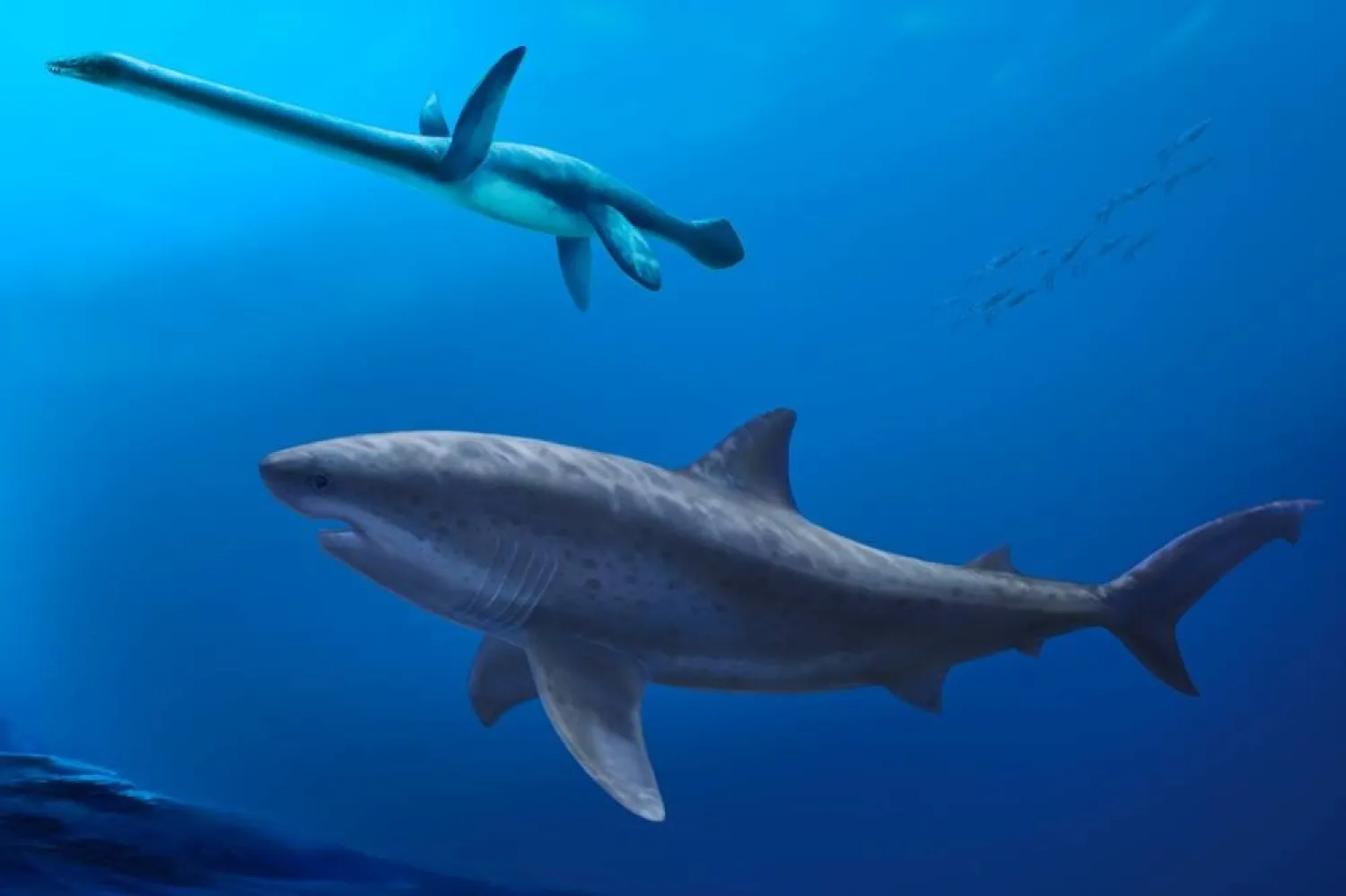The makers of a luxury vehicle billed as a 'flying motorcycle' that can travel upwards of 300mph have completed flight testing their first prototype and are ready to take preorders, The Daily Mail reported.
Jetpack Aviation envisions its Speeder—a jet-powered, vertical takeoff and landing (VTOL) aircraft—as both a pleasure craft and a mission vehicle well-suited for medical teams and fire and rescue operations. The company's P1 prototype has an aluminum chassis and was tethered during recent flight testing in Southern California, where it hit several benchmarks that 'demonstrated the Speeder's ability to take-off, climb, hover, yaw and perform slow transitions into forward flight,' Aerospace Testing International reported.
The Speeder can reach an altitude of up to 15,000 feet and will ultimately be capable of producing a maximum thrust of 1,200 pounds.
With cargo on board, an automated Speeder could hit speeds of 300 mph, though a manned version would be slower so the pilot could safely see and breathe.
The cost of the Speeder was initially reported at $380,000, but that's likely to increase, according to Jetpack Aviation CEO David Mayman. The Speeder is small enough to be transported in a trailer and doesn't need charging before taking off.
Unlike a jetpack, there's not a lot of prep work needed to launch: 'You'd just hop on and fly,' New Atlas reported. JA is already working on its next iteration, the P1.5, which will use a smaller frame with carbon-fiber body panels.
It will look closer to the final production model and will fly without a tether. The next experimental model, the P2, will have a fully-formed body and small removable wings. While Speeder prototypes use four engines, the final production model will have up to eight.
JetPack Aviation has received backing from venture capitalist Tim Draper, an early investor in Elon Musk's Tesla and SpaceX, CNBC reported. Right now the Speeder can be powered by jet fuel, diesel or kerosene, but Mayman is committed to adopting zero-net carbon fuel moving forward.









